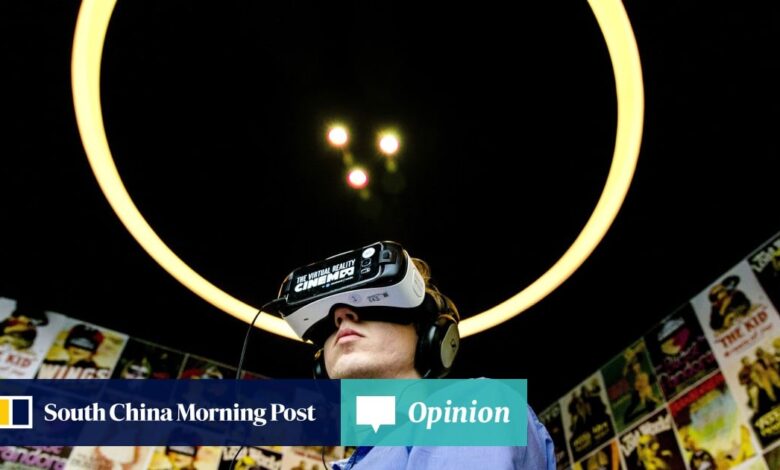Opinion | How extended reality technology can help brands build a better B2B journey

Extended reality (XR) – an umbrella term for immersive technologies such as virtual reality (VR) and augmented reality (AR) – has perhaps benefited most from the pandemic’s early lockdown days, by enabling consumers to explore and meet within distinct virtual environments from home.
Video game news site Gamasutra reported that the VR segment gained a slight uplift during lockdowns, and forecasted that China, in particular, would become an important emerging market in stand-alone VR devices. In APAC overall, spending on AR and VR is expected to reach US$31.2 billion by 2023, according to Gamasutra.
But despite the year’s gains in consumer XR, the technology has truly thrived in the business-to-business (B2B) space by providing immersive experiences that simplify the customer decision journey and make it more engaging.
The business-to-consumer (B2C) approach to marketing relies on making the path to purchase as streamlined and seamless as possible. It is built on providing consumers with the exact solution they need at the right place and time, ideally driving relevance by catering to user behaviours across the digital platforms where they engage.
But the B2B journey is not so simple. Decisions are rarely made by a single person, but rather groups – often after a lengthy process of researching solutions and comparing them against peers. Making the information B2B buyers need more accessible and actionable is only half the battle; brands must also build trust in their prospects.
The point about trust is key, as it provides a hint at where B2B and B2C can find common ground: keeping the human element alive. Digital technologies like XR not only make experiences like product show-rooming more accessible in a world transformed by the pandemic, but also enable user-friendliness by representing complex content in interactive, tactile and emotionally resonant ways that further differentiate the brand’s offering.
How XR Supports the B2B Journey
Whether through augmented or virtual reality, XR enables brands to offer virtual experiences that create real memories. Unlike linear formats like video, which lack engagement and can be more difficult for audiences to understand, XR is not only interactive but also leaves an unforgettable impression on people by encouraging user-driven exploration.
XR’s ability to offer more memorable experiences makes it an important learning tool – perfect for representing complex information for audiences in a more accessible and engaging way.
Similarly, XR has the power to entertain as it explains – offering differentiated digital experiences that build trust with corporate shoppers.
In another project with Olay, MediaMonks built a VR experience in Shanghai that used immersive tech to transport users to the surface of the skin at a microscopic level. There, they could see first-hand the different causes of unhealthy skin – including UV rays, pollution, stress and more – and were given the opportunity to fight them by mixing Olay ingredients and tossing them at irritants. The gamification element challenged business users – like executives and stockists of the product – to better understand Olay’s unique formula.
Within office and headquarter environments, XR can also lend value through digital placemaking. Digital placemaking is a hybrid digital-physical approach creating a symbiotic relationship between the two worlds – a purpose that AR excels at in particular. Partnering with Google, we built Hive Drive, a location-based AR experience that transformed an office or retail space into a virtual hive of worker bees. While it used the metaphor of bees in a hive to showcase productivity within an office, brands can create similar experiences to demystify the work they do on location for their partners.
By translating abstract concepts into tangible experiences, XR offers an opportunity for brands to deliver on their promise in unique ways
Despite the slow adoption of devices like VR headsets before 2020, the use cases for XR within B2B contexts have thrived by making concepts more tactile, interactive and open to exploration. As we anticipate an era of virtualisation, where brands must differentiate themselves by engaging with customers through distinct digital environments across the customer decision journey, the role that XR will play between businesses and their clients will only grow.
The B2B journey is long and complex, catering to different stakeholders across a group of decision-makers. By translating abstract concepts into tangible experiences, XR offers an opportunity for brands to deliver on their promise in unique ways, whether it is to inject emotional resonance into the customer decision journey, add value to physical spaces through a virtual layer or simply entertain audiences in a more human way.
From here on out, digital experiences will achieve an even higher calibre in years to come – and B2B brands should not wait to see what the technology has to offer to them and their clients.
Source link


